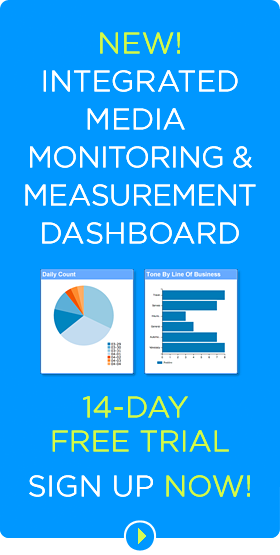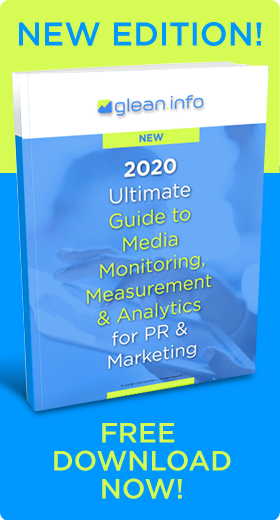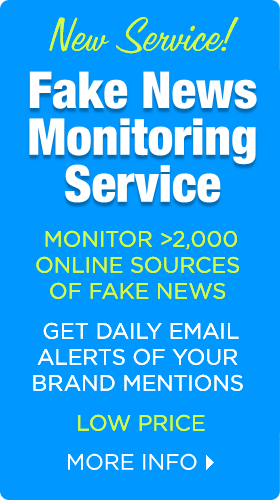
Photo credit: Jam Project
Instagram has opened its doors to marketers with its “Shop Now” buttons and other marketing formats that let users shop outside the app or take other actions directly from an ad, such as signing up on a website or downloading an app.
With the help of Facebook, which bought Instagram in 2012, the photo and video-sharing app also introduced an API that helps marketers automate advertising, track and measure campaigns, and target ads based on consumers’ interests as well as age and gender.
“We have benefitted greatly from being a part of Facebook,” James Quarles, Instagram’s global head of business and brand development, told Ad Week. “It would have taken us years to build this tech stack for ourselves. So, we’re fortunate to be able to take select pieces of Facebook’s tech stack.”
Marketers were pleased with the news. Many see Instagram as an ideal shopping platform because of its visually appealing nature.
An Ecommerce Powerhouse
Some observers think Instagram could be become an ecommerce powerhouse. Its wealth of user data and advanced algorithms could enable highly targeted ads with high conversion rates. However, overloading users with too many promoted messages could disenchant potential customers.
Marketing experts advise brands to create original content rather than recycling scenes used on other platforms, be careful not to deliver too many ads, and utilize highly targeted advertising.
To date, Instagram has only accepted advertising from a select group of brands. It wasn’t clear if it would accept more advertising as it feared a backlash from users. When it first tested ads, users had complained about seeing ads from brands they were not following.
With 300 million monthly active users, Instagram is extremely popular among young people, making it a top choice from brands targeting teen-agers and 20 somethings. Instagram is used by 41 percent of 16 to 24 year olds and 35 percent 24 to 34 year olds. It also enjoys high engagement rates, according to Econsultancy. The average post engagement rate for the top 25 brands is 3.31 percent on Instagram compared to 0.07 percent on Twitter.
The new options for advertisers will probably increase marketers’ preference for Instagram over Vine, a similar photo- and video-sharing app serving the youth market. Vine has a smaller user base of 40 million users. Instagram’s time limit is longer — 15 seconds compared to Vine’s six seconds, allowing more time for creativity, promoting messages and, most importantly, storytelling. Instagram also has filters and better tools such as editing, integration, and cover image selection.
Instagram Vs Pinterest
At about the same time, Pinterest announced it will introduce Buyable Pins that enable consumers to purchase merchandise. Marketers won’t pay for the pins. For paid advertising, Pinterest offers Promoted Pins.
Some marketers believe Pinterest is a better option for marketers because its users are typically closer to the purchase decision. Pinterest’s typical users are women in their 30s with young families, who are frequent shoppers. And although it lacks the size of other mainstream networks, its users willingly share information, a substantial advantage for brands.
Bottom Line: Instagram’s new advertising and shopping options will likely attract the attention of marketers targeting the youth demographic. Its wealth of user data and Facebook-enabled ability to target audiences could help it become an ecommerce juggernaut. Vine and Pinterest offer alternative graphic and video-sharing platforms for marketing and advertising.
William J. Comcowich founded and served as CEO of CyberAlert LLC, the predecessor of Glean.info. He is currently serving as Interim CEO and member of the Board of Directors. Glean.info provides customized media monitoring, media measurement and analytics solutions across all types of traditional and social media.




